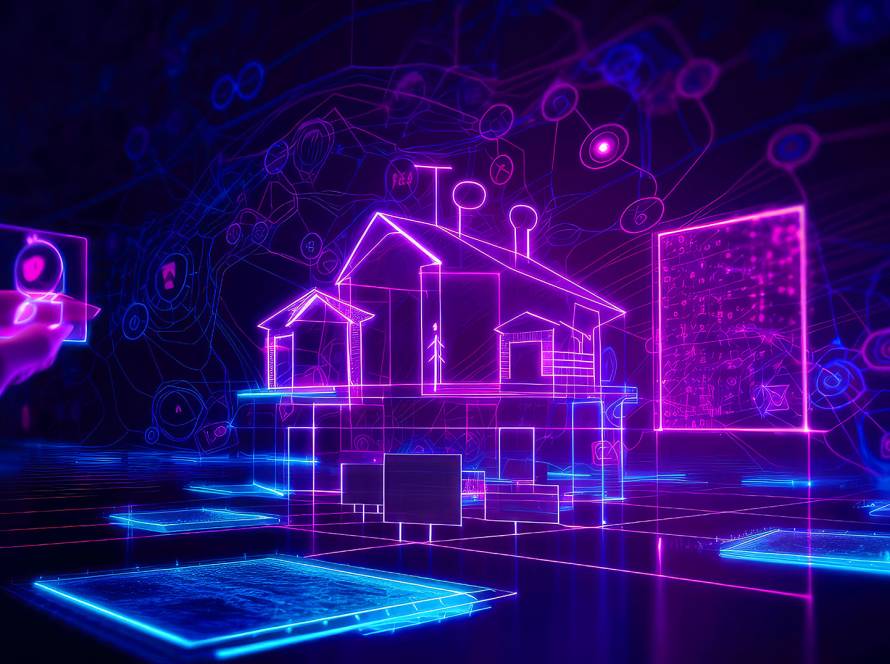We talk a lot about “smart” these days. Smart phones. Smart homes. Smart buildings. But rarely do we ask, what does intelligence feel like?
Imagine walking into a room where the lights know your mood before you do. Where the soundscape shifts not by accident but by design. Where temperature, audio, and visuals move in sync with the rhythm of how the space is used. That’s not just automation. That’s sensory intelligence.
Form and Feeling, Not Just Function
It’s one thing to install technology. It’s another to make that technology feel seamless, even invisible. True intelligence in a space shouldn’t scream its presence. It should whisper in subtleties, a gentle fade of light, a warm bass note, a screen that appears only when needed.
It’s the difference between a system that works and an experience that moves.
Spaces That Listen Back
What if your boardroom adapted to the voice in the room? Not just acoustically, but emotionally? What if a church sanctuary could cradle silence as powerfully as it lifts song?
These aren’t science fiction dreams. They’re questions rooted in design that begins with human behavior, not devices.
Spaces that feel intelligent do more than respond. They anticipate. They learn. They soften. They glow.
The Language of Light and Sound
We don’t just hear. We feel sound in our ribs. We don’t just see. We absorb light like energy.
That’s why a well-crafted audiovisual experience taps into:
- Texture: Acoustic balance that feels tangible. From velvet silence to vibrating bass.
- Lighting: Layered warmth, dynamic shifts, no harsh surprises.
- Rhythm: Transitions that breathe with the pace of the people inside.
When these elements align, the space becomes more than functional. It becomes alive.
Why This Matters More Than Ever
In commercial offices, schools, theaters, or homes, our expectations of space are evolving. People crave environments that are intuitive, not instructional. That adapt to their day, not demand attention.
It’s not about showing off high-tech panels or dozens of remotes. It’s about intelligent design that disappears into the flow of your life.
The Real Goal Is Harmony
In a world overloaded with digital noise, the true genius of a well-designed AV system isn’t in how flashy it is, it’s in how quietly powerful it becomes. When a space responds to your presence without ever needing to be told what to do, it shifts from being merely smart to being sensitive.
And that’s the difference between a room full of gadgets and a room full of possibility.
So what if intelligence really did have texture, lighting, and rhythm? It would feel a lot like home. Or a concert. Or a cathedral. Or your favorite place to think clearly.



